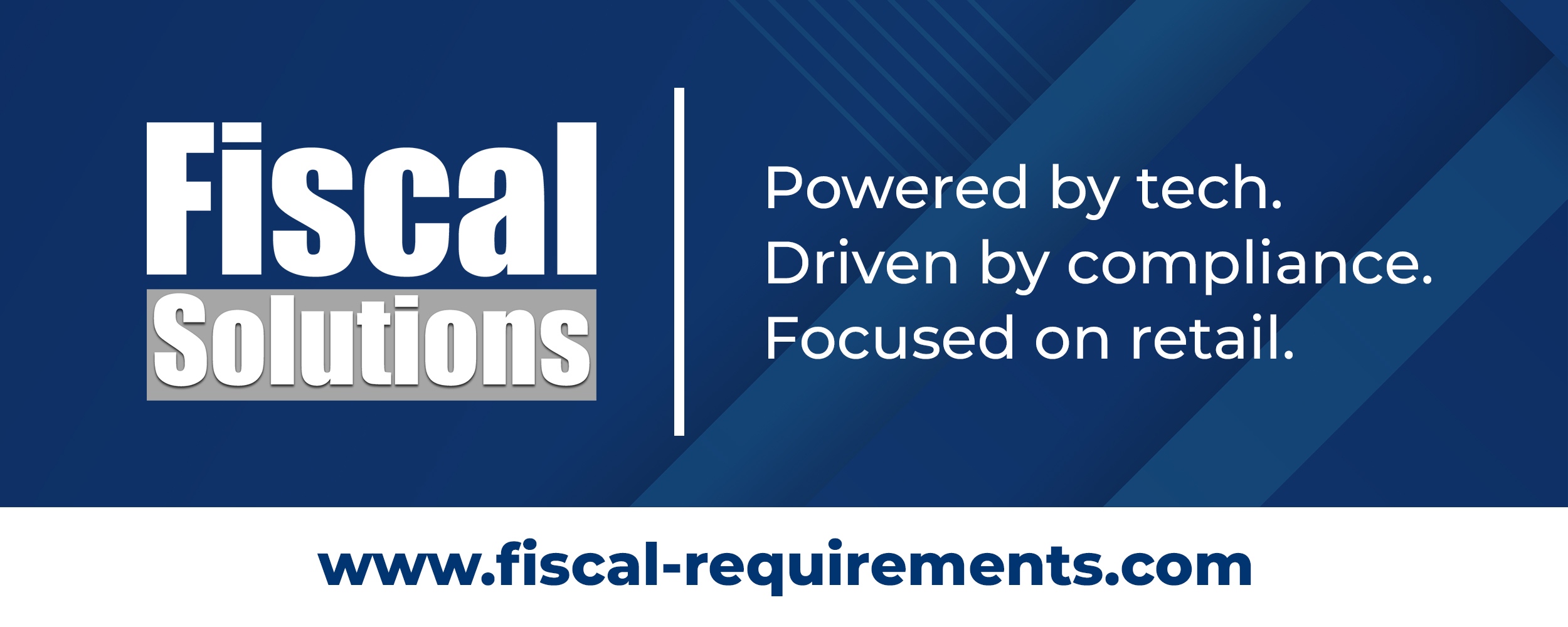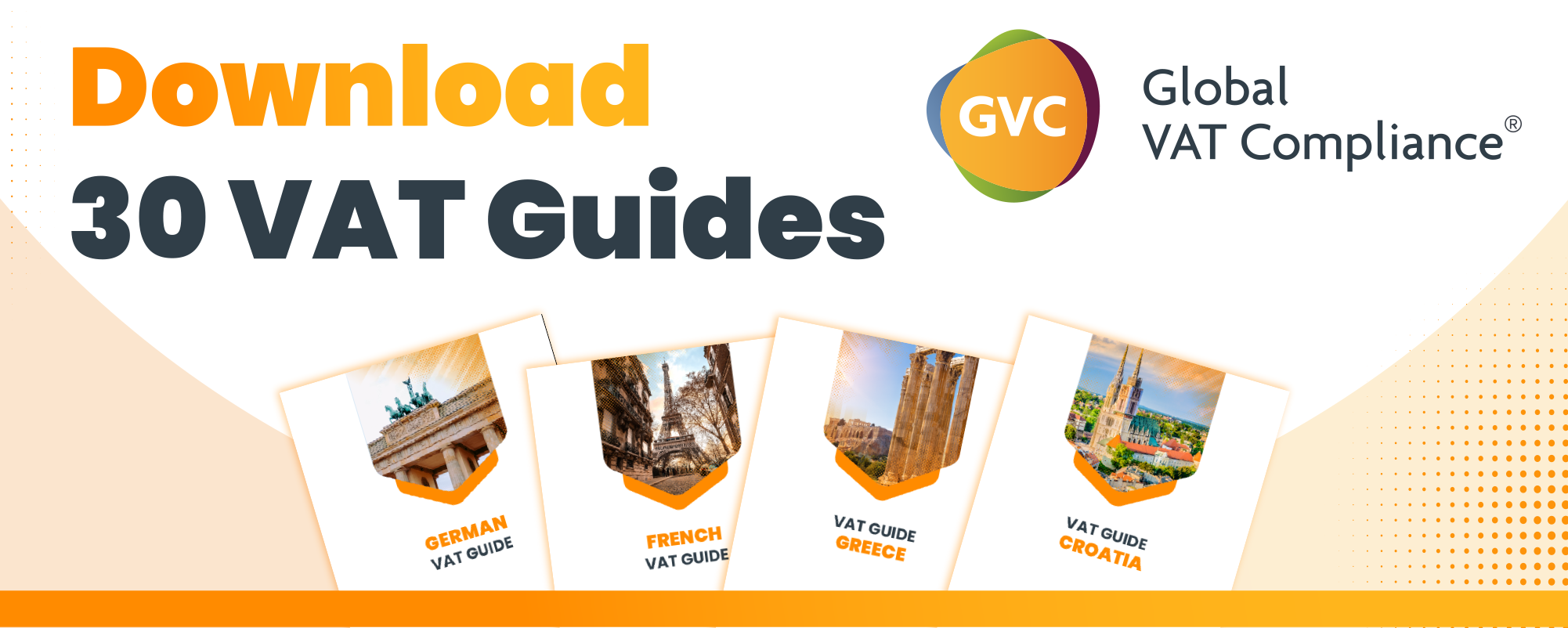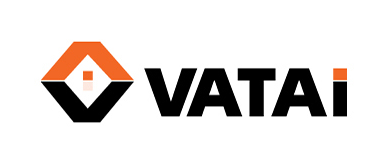- The European Union (EU) has introduced the Carbon Border Adjustment Mechanism (CBAM) to address environmental challenges and harmonize climate objectives with international trade practices.
- CBAM aims to cut greenhouse gas emissions by at least 55% by 2030 and prevent carbon leakage by imposing comparable carbon costs on imports from non-EU countries.
- The affected sectors include cement, iron, steel, aluminum, fertilizers, hydrogen, and electricity.
- CBAM will be implemented in two phases, with a transitional period focusing on data reporting and a definitive period starting in 2026.
- EU importers have responsibilities such as quarterly reporting, data collection and verification, adherence to deadlines, and compliance with inward processing rules.
- Non-compliance with CBAM regulations may result in penalties ranging from EUR 10 to EUR 50 per ton of unreported emissions.
- CBAM aims to ensure a level playing field for EU producers and encourage a worldwide transition to sustainable practices.
Source: eaccny.com
Note that this post was (partially) written with the help of AI. It is always useful to review the original source material, and where needed to obtain (local) advice from a specialist.















